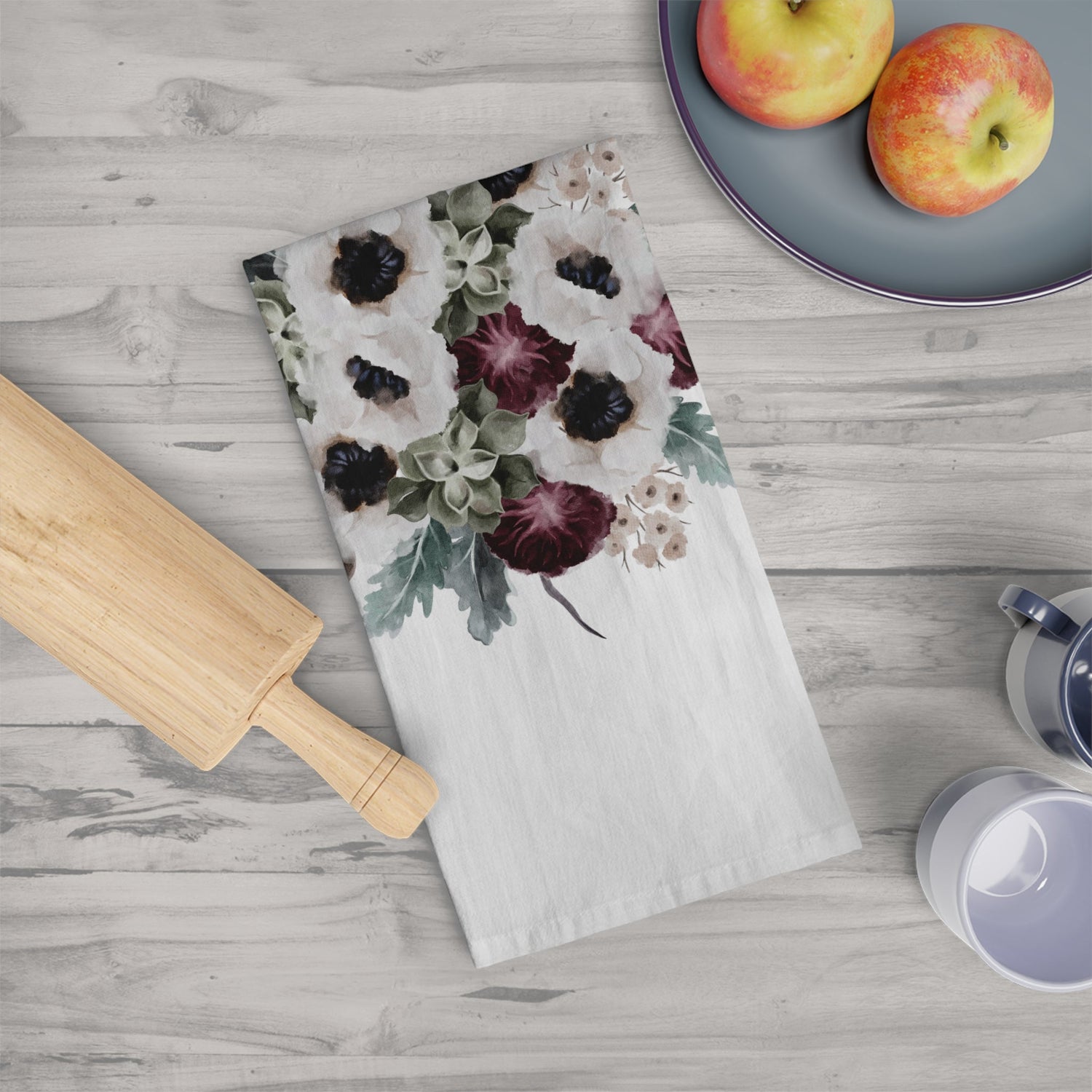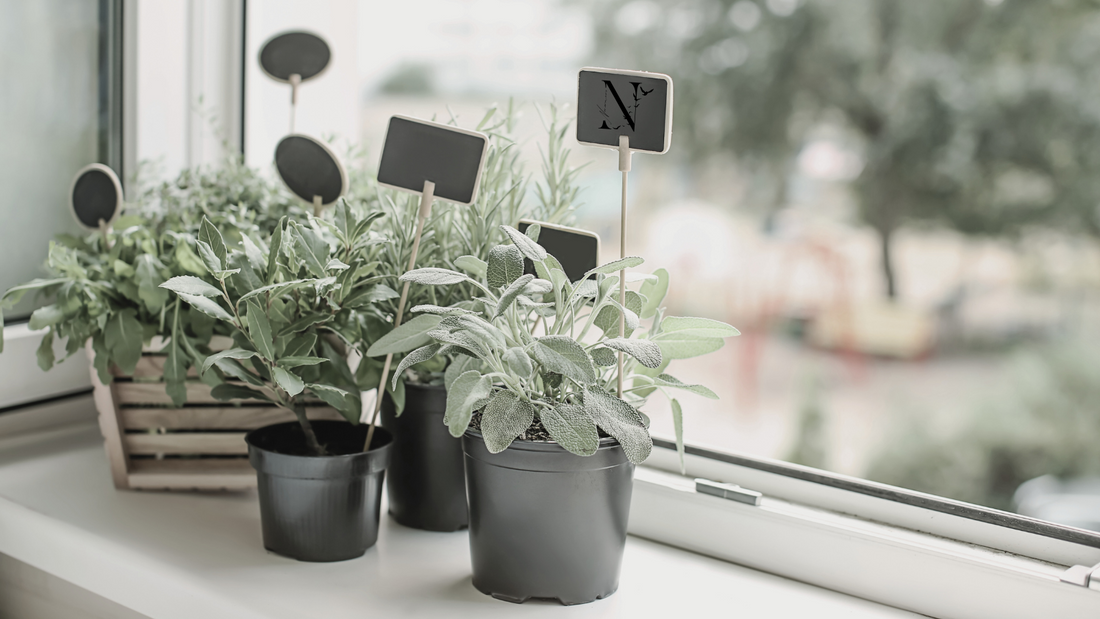

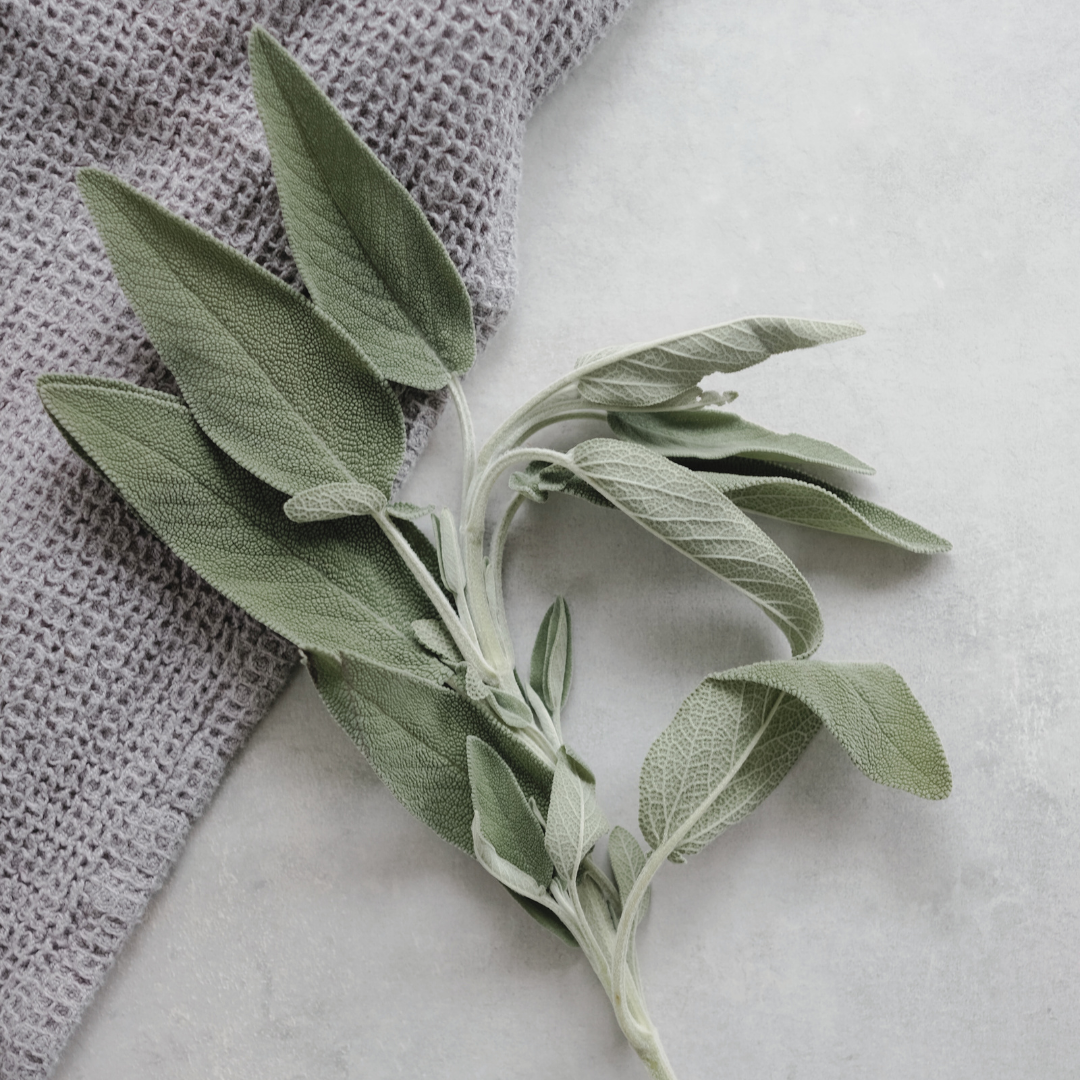
Common Sage
Sage (Salvia officinalis), commonly known as Broadleaf Sage and Garden Sage, is a member of the mint (Lamiaceae) family, thought to have originated in the Eastern Mediterranean and Southern Europe. It has now been naturalized in many places, including North America. It has fragrant leaves that grow 20 - 36 inches tall with tiny lavender flowers. It is known for its antimicrobial properties and various culinary uses, such as flavoring meats, cheeses, and teas.
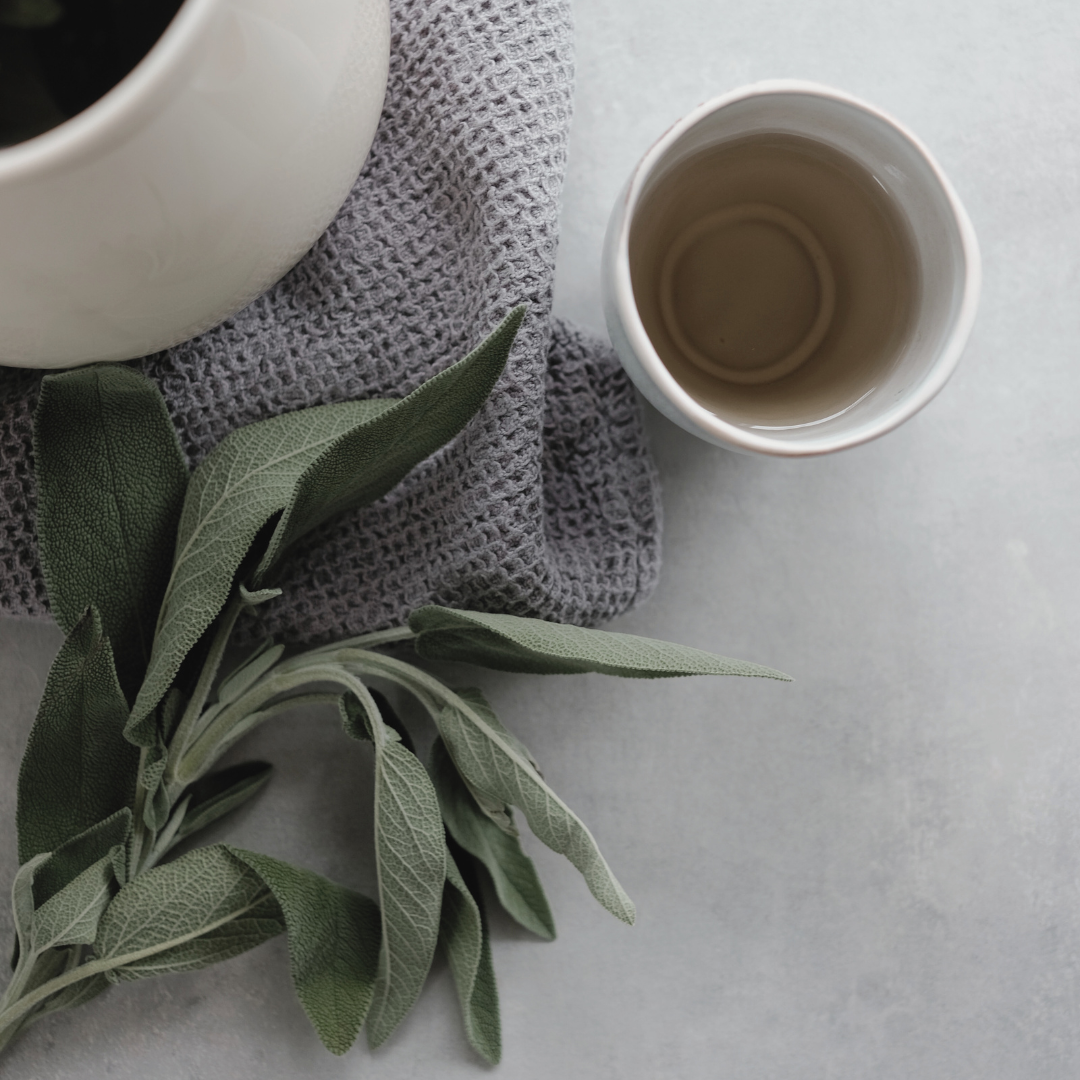
Key Features
The leaves, stems, and flowers of Common Sage (Salvia Officinalis) are all edible and commonly used in a variety of culinary applications. Not only is sage an aromatic addition to decorative wreaths it is also used in potpourri blends and possesses antimicrobial properties. Sage can be used as a garnish for soup, in stuffing, or as a rub. It also pairs well with bourbon and gin in cocktails. Sage is a member of the Mint (Lamiaceae) family, along with oregano, lavender, rosemary, thyme, and basil.
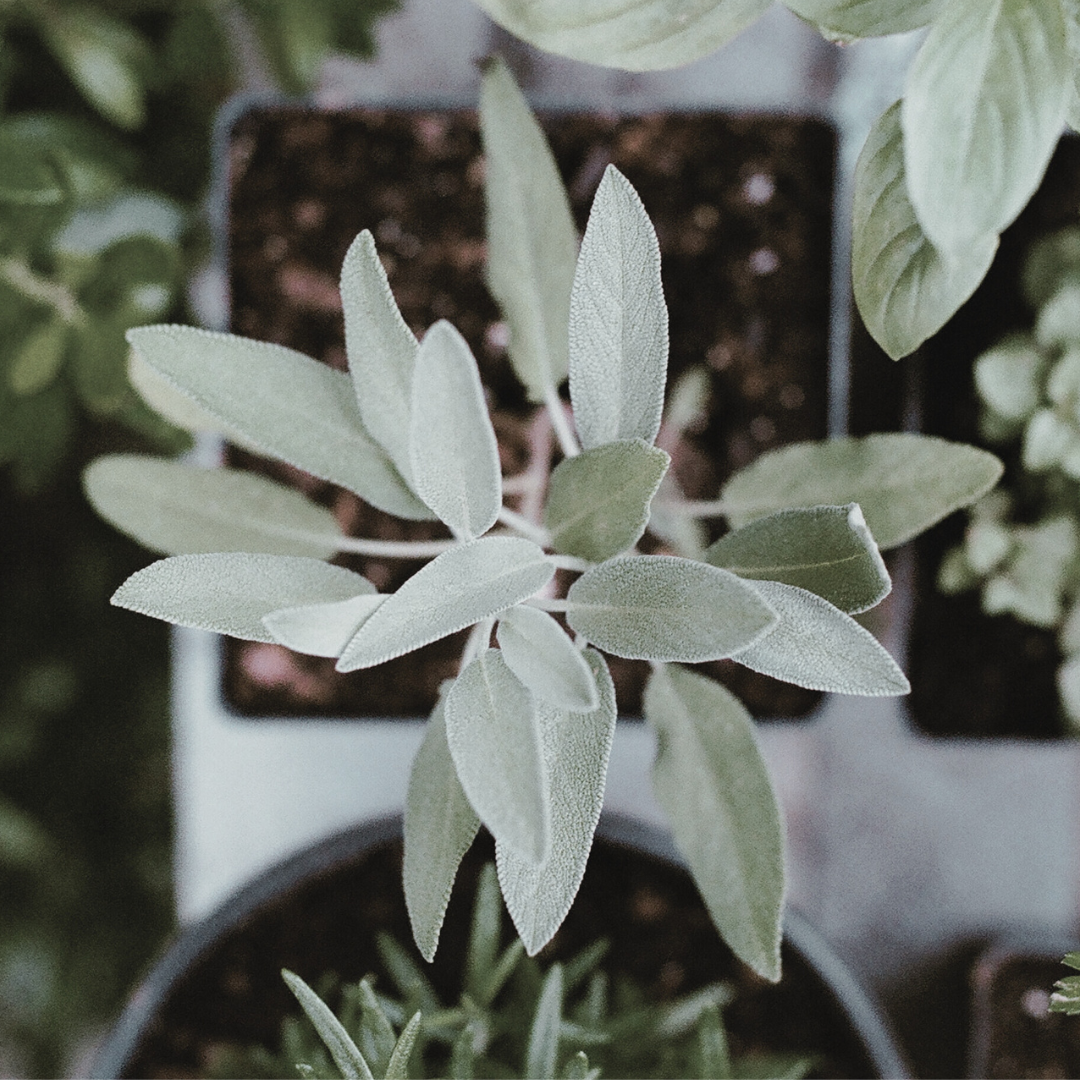
A Quick Look
- Sun: Full Sun (6+ Hours)
- Mature Size: 18" tall, 24 - 30" spread
- Water: Sage prefers moist, well-draining soil, drought tolerant once established
- Duration: Sage is a perennial herb in USDA planting zones 5 - 8
- Pruning: Cut stems back by about one-third, just above new growth, and trim regularly to encourage bushier growth and utilize the leaves
- Days to Harvest: Around 75 days from seed
If you're looking for a way to take your cooking to the next level, sage and other fresh herbs pack an aromatic and flavorful punch. Sage was known in Ancient Greece to give wisdom and enhance mental abilities. This salvia species has been used in traditional medicine due to its anti-inflammatory properties. This versatile herb is one that you don't want to miss. Order your live sage plant today and get ready to enhance your flavor profile. Nevermore Nursery offers high-quality sage plants at an affordable price. Take our sage advice and pick up some today.
Note: If you plan to keep your sage plants indoors, consider utilizing a grow light to support their growth. While sage does succeed indoors, additional light is needed for optimal indoor conditions.
-
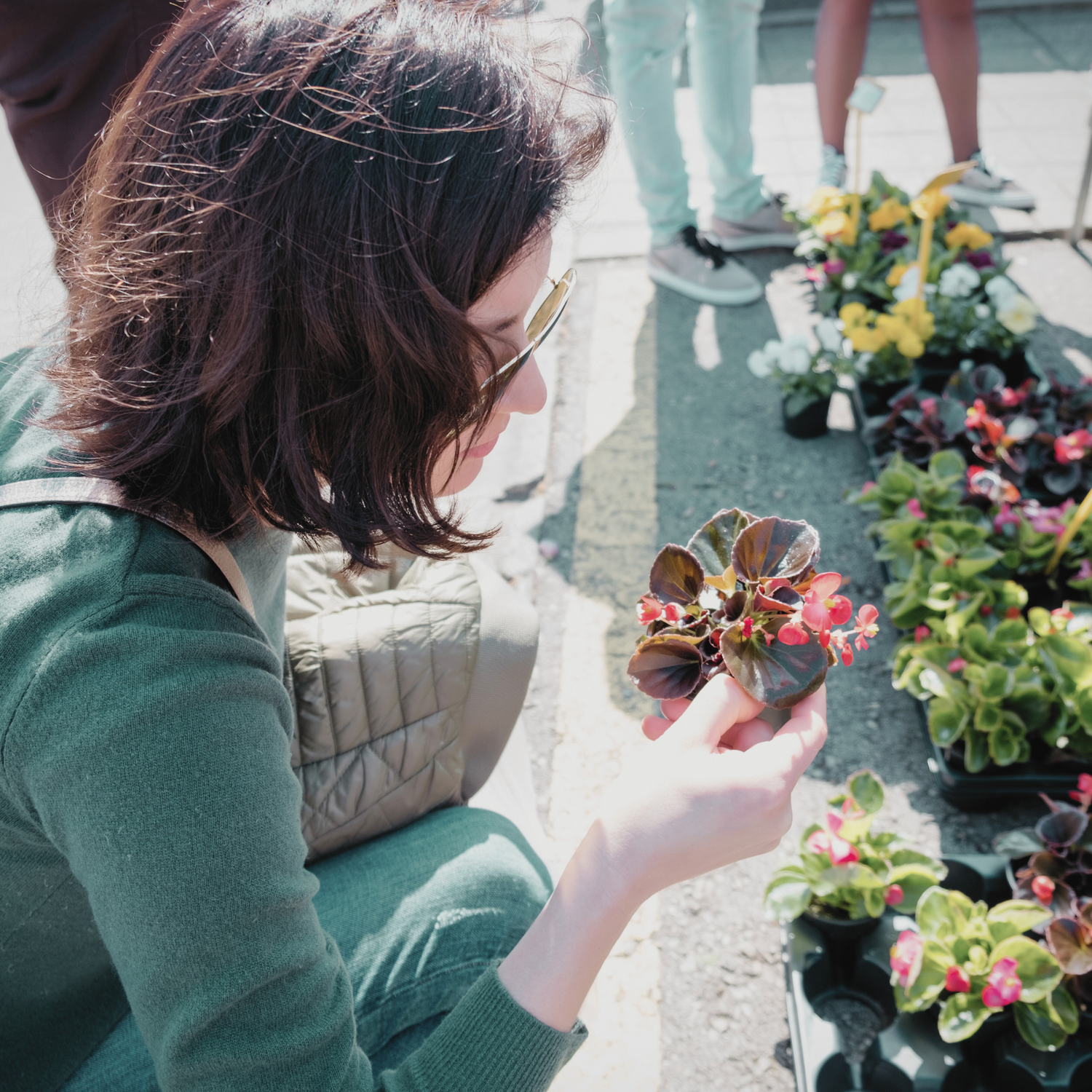
Live Plant Availability
Discover what’s thriving at Nevermore Nursery with our live plant selection, updated...
-
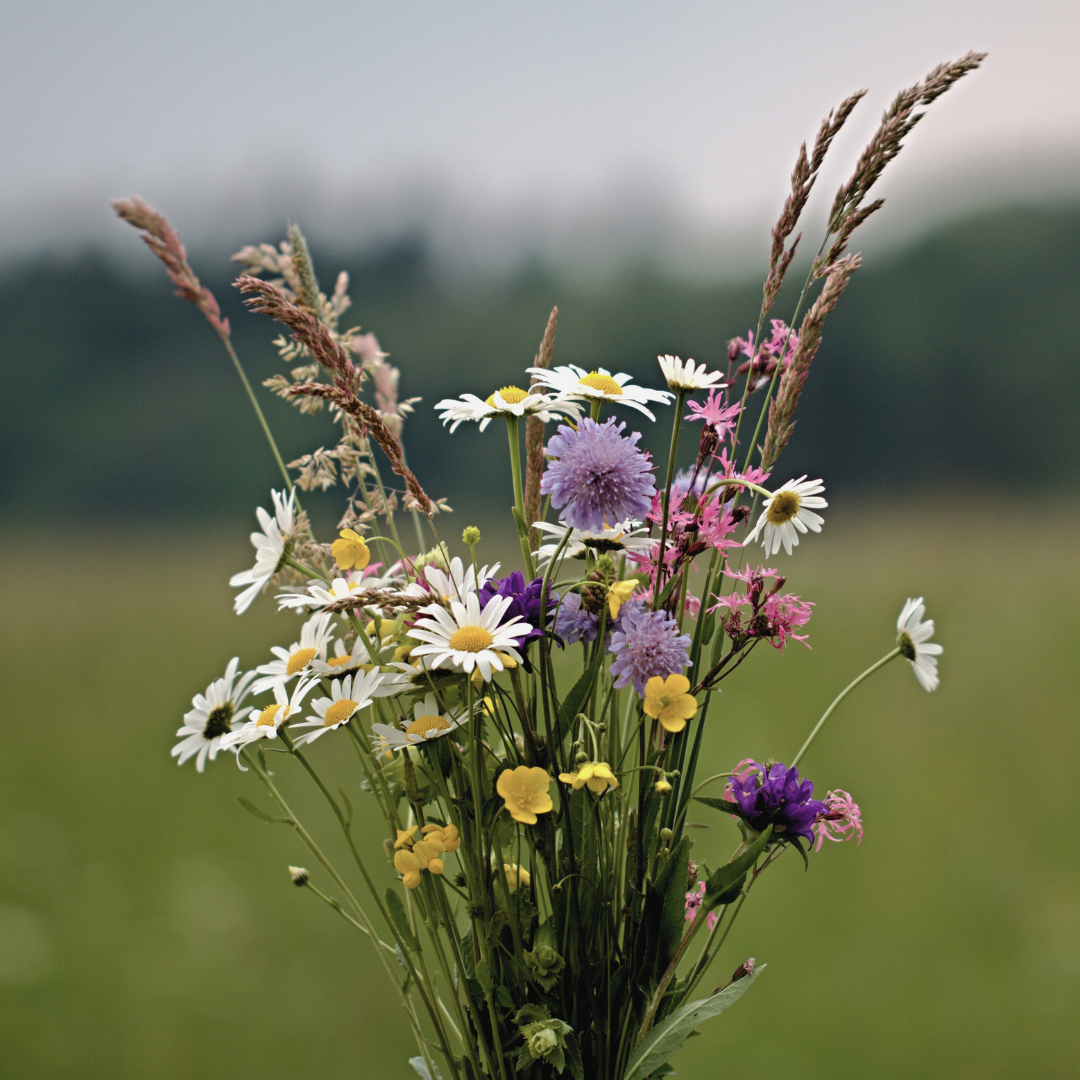
Hand-Packaged Seeds
Grow a little piece of Nevermore Nursery wherever you are with our...



